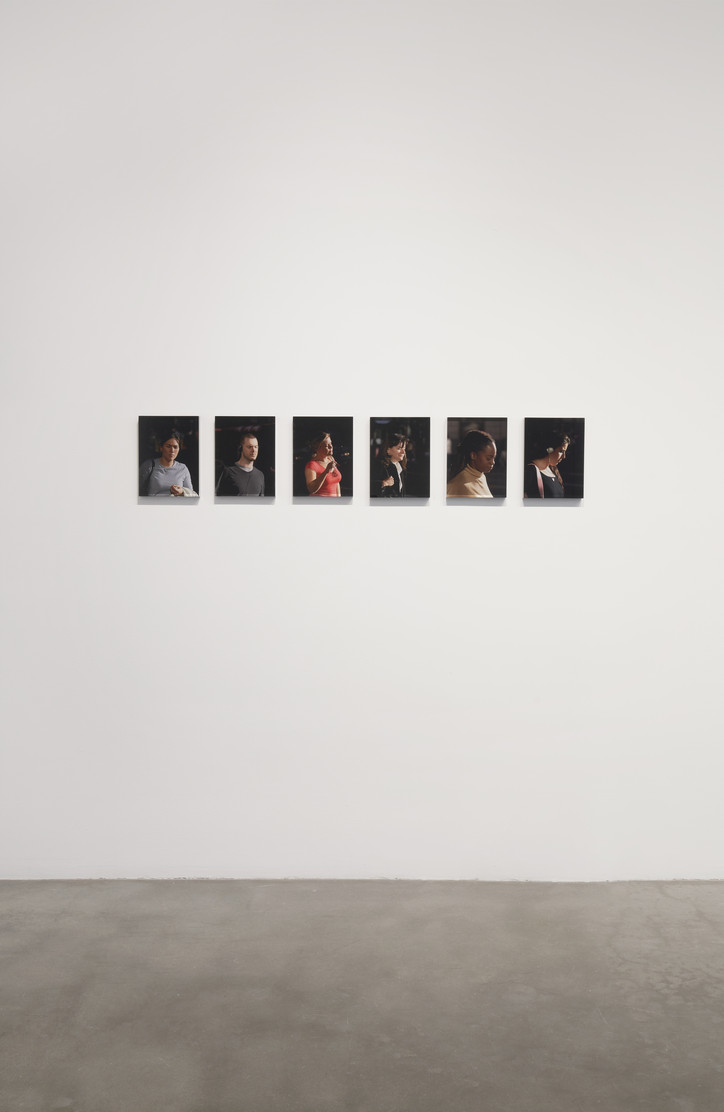Paul Graham's Seasons

The Seasons will be presented in an online viewing until April 11 on www.pacegallery.com.
Stay informed on our latest news!

The Seasons will be presented in an online viewing until April 11 on www.pacegallery.com.



End of the World marks an important return for Shayer. After twelve years at ABT, he left the company and addressed the racial inequalities he experienced as a black dancer in a predominantly white industry. The choreography within this piece mirrors Shayer's own struggles, with the music acting as a reflection of his introspective journey, stepping into a different creative space- one where he reclaims dance on his own terms. "In the case of this piece, I was presented with the music to work with,” says Shayer. “And suddenly I could feel myself coming back, through Zach Tabori’s melancholic tone. It felt like a symbiotic narrative about what I’ve gone through—and that gave meaning to my pursuit of creating a means of expression, a purpose for dancing."


Tabori's relationship between music and ballet is special, he explains “My favorite piece of music is The Rite of Spring—which is technically a ballet,” says Tabori. “To me, ballet is the original music video. If you want to use a visual to show how a piece of music is supposed to feel, you use dance. I wanted to bring that idea into this project.” Which he successfully achieved with the depth and emotion within this choreographed piece by Gotch and Shayer. Gotch makes a great point when it comes to the ballet industry in that “It’s an art form that speaks volumes without words, but too often it’s only seen onstage, in a theater. Ballet has always been—and will always be—my first love. We simply hope to share ballet in a way that feels more accessible, allowing viewers to experience it outside the traditional theater setting.” This accessiblity of sharing the artform of the ballet, and it's integration into the mainstream media has been well executed within this partnership.




















Starting May 30, PRESENTE CONTINUO will be available to purchase on presentecontinuo.com, cpcompany.com, and at the C.P. Company flagship store in Milan, Corso Matteotti 7.



There’s a playful provocation that runs through the book. When asked if he’s slept with everyone featured, Knepper laughs: “No comment. I’ve done some damage, but not everyone.” That energy — part confession, part myth-making — pulses throughout the pages. It’s a document of queer life without moral boundaries, but not without heart.
More than anything, Sidepiece is about visibility. “I wish I saw something like this when I was younger,” Knepper says. “This isn’t about labels. It’s just about being a young New Yorker, breaking some rules, figuring it out with your friends, and living with no apologies.”
In a culture that still urges people to hide their mess, Knepper offers a tender middle finger. Sidepiece doesn't glamorize destruction — it simply acknowledges that the path to becoming yourself is rarely neat. And sometimes, the sidepiece is the real story.












